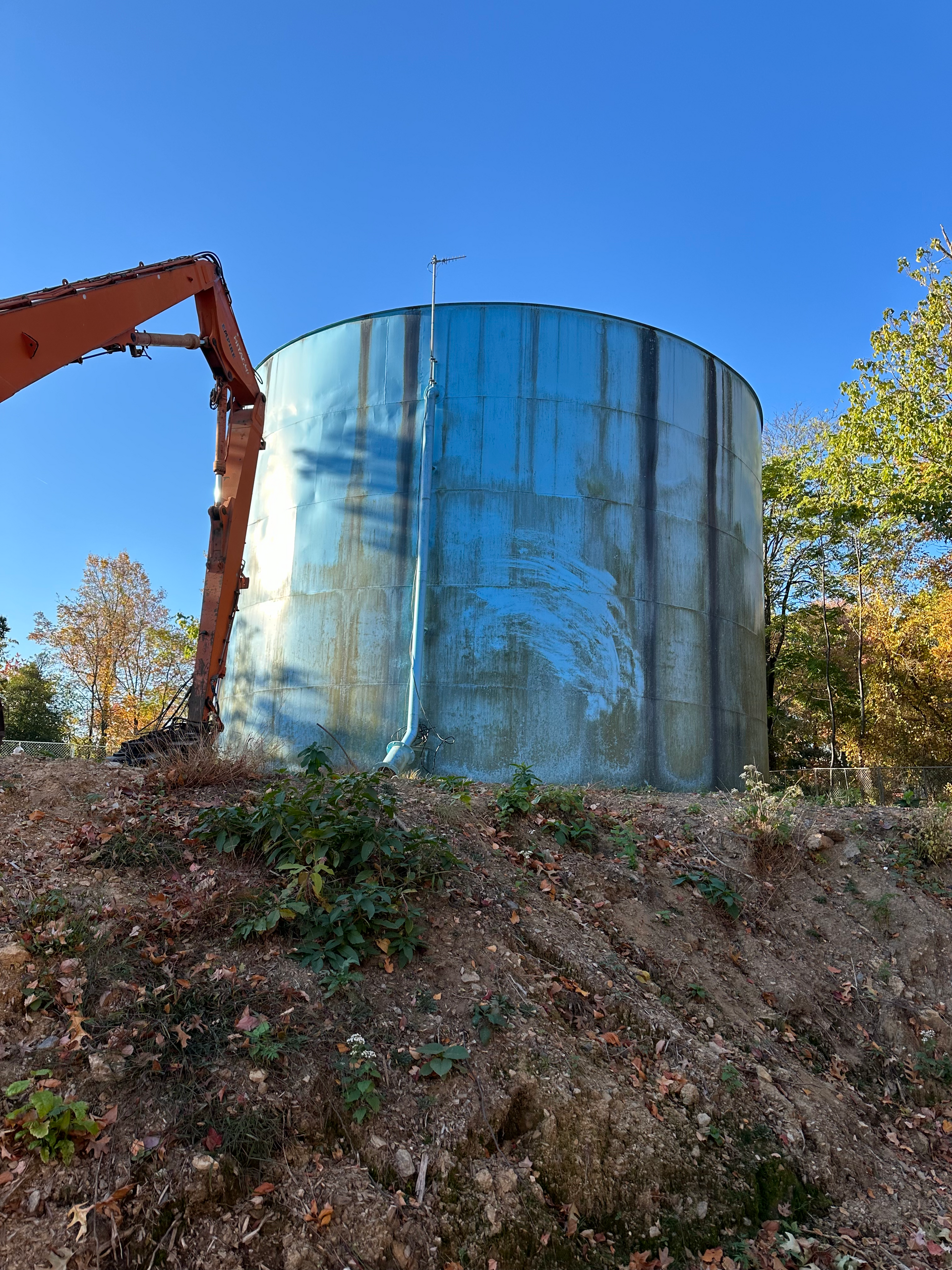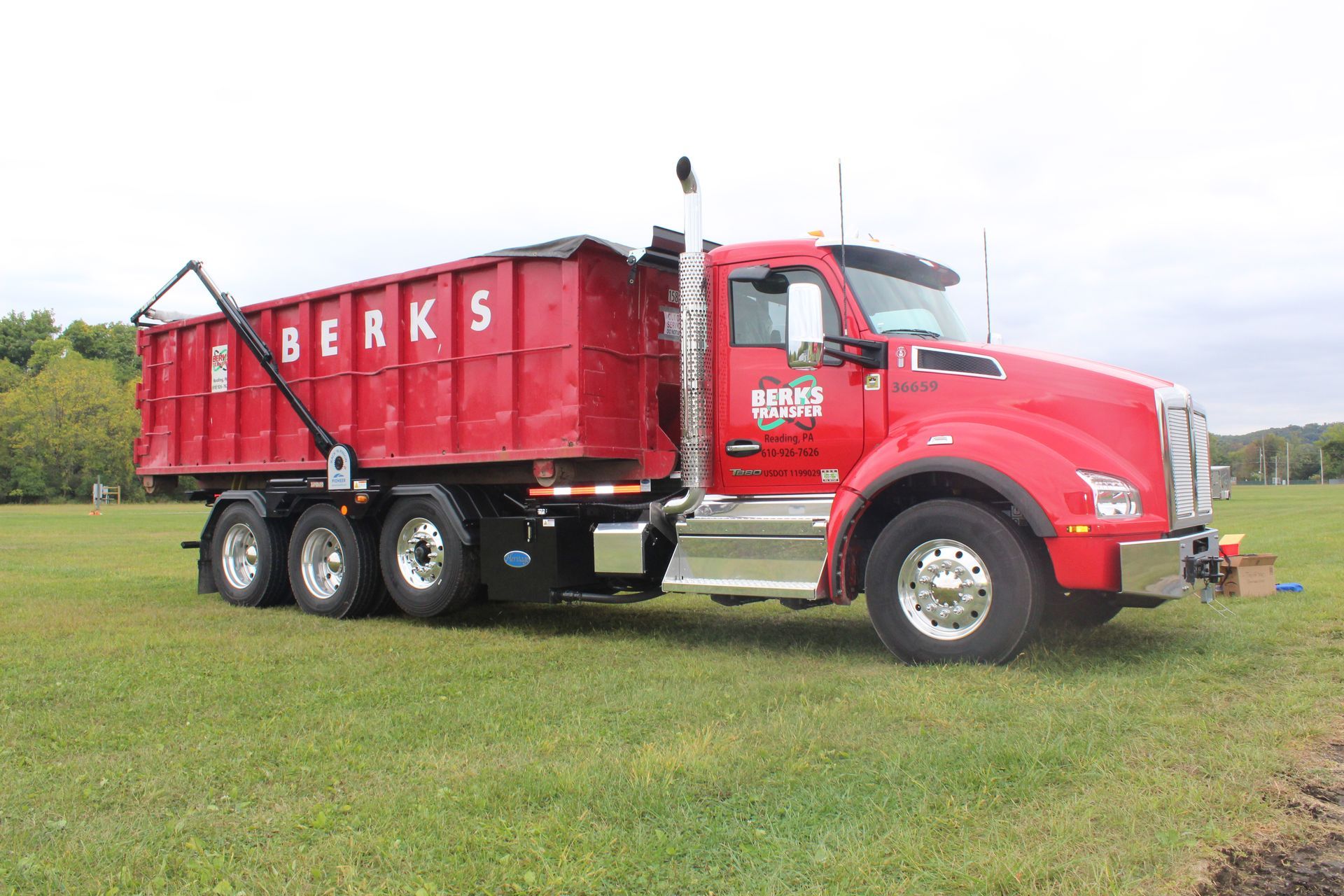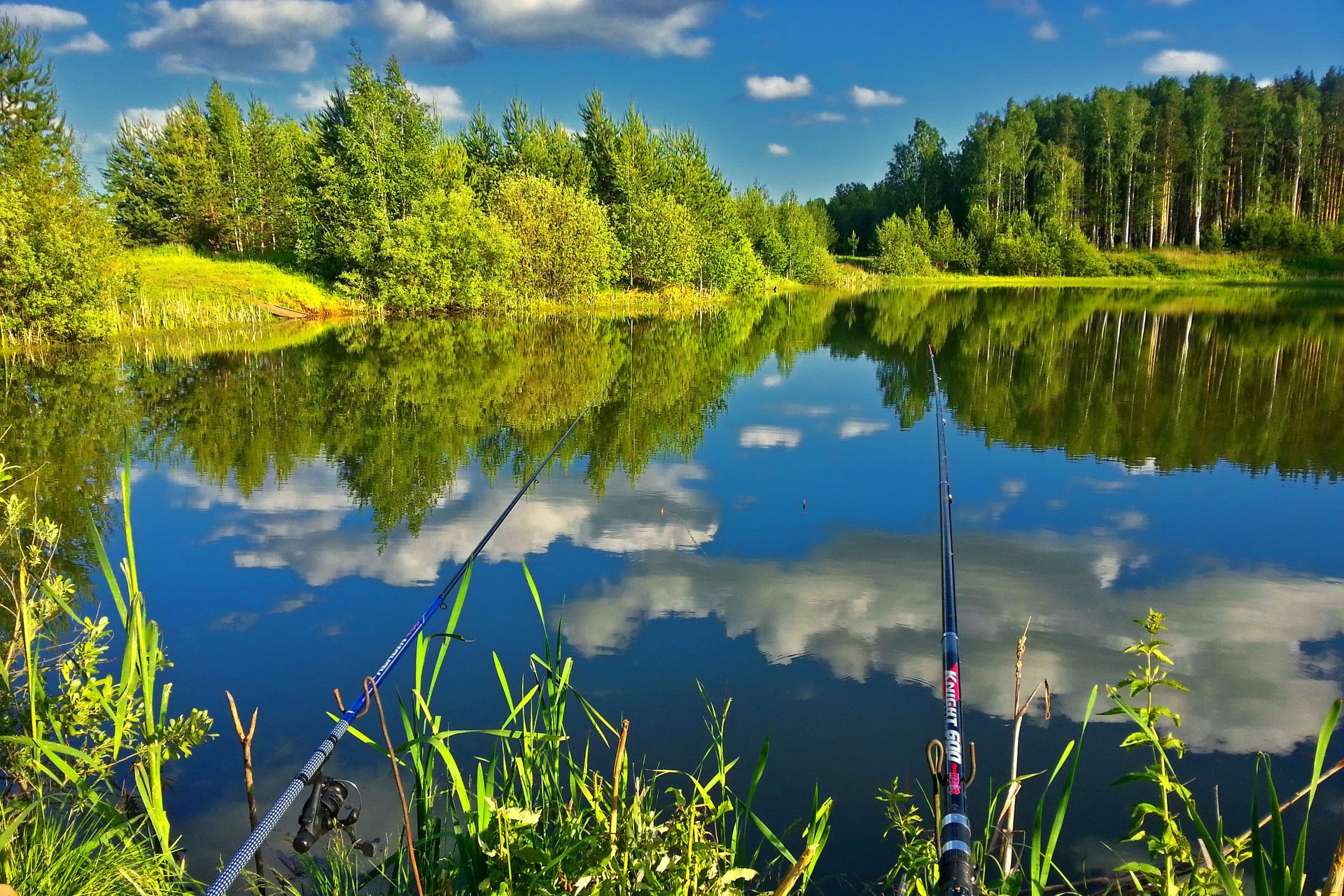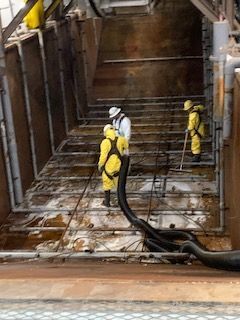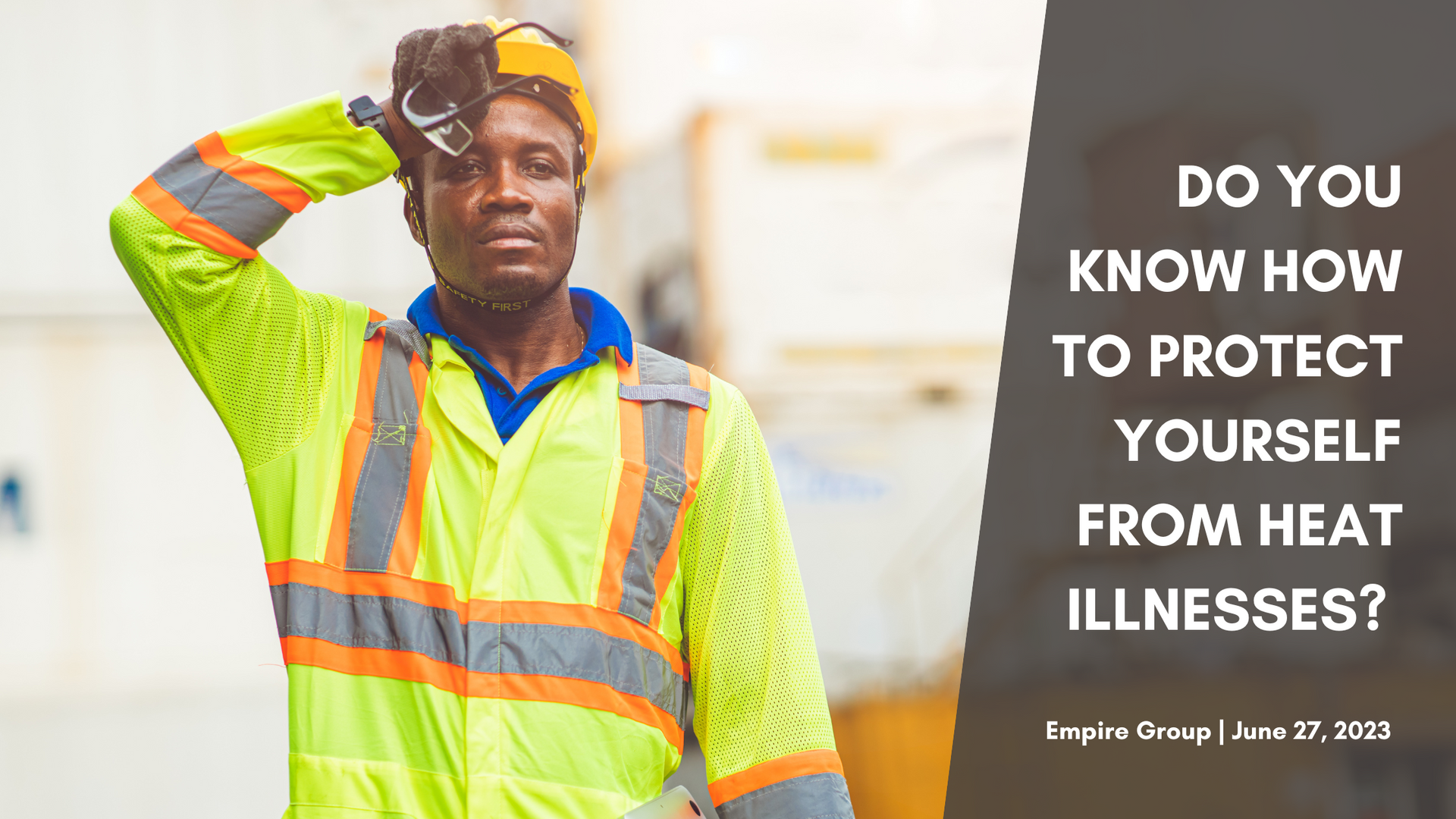
Workers that work on outdoor sites must be aware of the dangers that can affect their health. During the summer months, the heat (and humidity) can be dangerous and cause severe health issues if not treated right away. This is especially true with heat illnesses. They occur during the summer months due to high temperatures and humidity. There are three heat illnesses that produce a wide range of symptoms. Do you know how to protect yourself from them?
The three heat illnesses are heat cramps, heat exhaustion and heat stroke. Some may include prickly heat (heat rash) or heat syncope (fainting), but we will not be covering them in this blog. Believe it or not, these heat illnesses can easily occur. While trying to get the job done, it's easy to miss one or more symptoms of any one of them. To know how to protect yourself from them, you first need to know how to identify them.
Heat Cramps – They occur after strenuous activity, where the body loses fluids, salts and minerals. If only the fluids are replenished, the muscles will cramp and spasm. Heat cramps can occur in the arms, legs, stomach, and other areas after the activity (work) or at night.
Heat Exhaustion – More serious than muscle cramps, heat exhaustion can result from the excessive loss of water and salt from the body through sweat. It occurs when the body cannot properly cool itself and can progress to heat stroke. Seek medical attention immediately if this happens. Some symptoms include excessive sweating, vomiting, headache, fainting and painful muscle cramps. Cool skin is a symptom, but it is important to note that cool skin temperature is not an indicator of a normal body temperature. Even if the skin is cool to the touch, the internal body temperature can be extremely high.
Heatstroke – The most serious of the three heat illnesses, heatstroke is the result of the body’s regulating system is overrun with excessive heat. While this heat exhaustion and heat stroke share some symptoms, there are differences. A person does not sweat while experiencing heatstroke and muscles can twitch uncontrollably. Another difference is body temperature. Heatstroke raises the body temperature significantly within 10 to 15 minutes, whereas heat exhaustion slightly elevates the body temperature. It is vital medical treatment is provided promptly since heatstroke can be fatal.
How to Protect Yourself in the Summer Heat
Now that you are aware of the heat illnesses, it’s important to take measures to protect yourself from them.
1. Hydrate – While is important to stay hydrated no matter the season, summer is when hydration is needed the most. To stay properly hydrated, drink plenty of fluids, such as water and sports drinks, and avoid fluids that contain caffeine (e.g., soda).
2. Use Sunscreen – Apply sunscreen with at least 30 SPF to exposed skin while working outdoors. Wearing a hat and sunglasses are also good protection, if allowed on site.
3. Take Breaks – Even though there is a tight schedule, taking breaks will help you avoid becoming overheated. The schedule will not matter if you are unable to work because of a heat illness.
At Empire Group, safety is our top priority. We are aware of the dangers of working outdoors during each season and provide training to help prevent injuries. The summer months can be extremely hot, so we do everything we can to keep our employees cool. And our affiliates are always ready to provide quality services for a variety of services. Contact us today to learn more!
